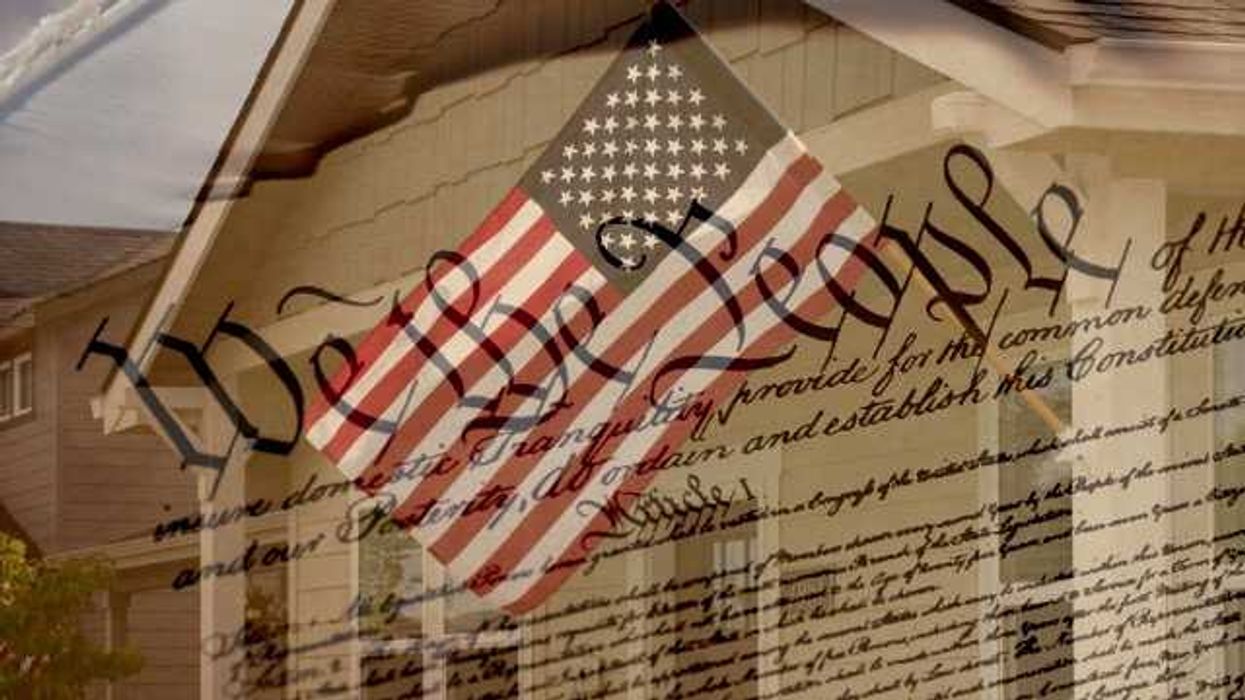The majority Democrats in the state Senate are reviving their effort to bring automatic voter registration to New York.
It would be the second-biggest state to adopt the system, after California. Fourteen other states and Washington, D.C., have also done so, in each case boosting turnout. Under AVR, as it's dubbed, an adult citizen's name is automatically added to the voter rolls interacting with a state government agency – most typically the one that issues driver's licenses – unless the person chooses to opt out.
"Automatic voter registration is a straightforward and evidenced-backed policy that would remove barriers between voters and the ballot box and make it easier for people to make their voices heard," the chairman of the Senate Elections Committee, Brooklyn Democrat Zellnor Myrie, said in announcing a hearing will be held after Memorial Day.
This year Democrats are running both legislative chambers in Albany for the first time in a decade and have already passed several measures designed to increase the state's historically low turnout. The measures expanded early voting, permitted Election Day registration, consolidated state and local primary days and modernized voting equipment.











 Shannon Gormley, Rhode Island Public Schools
Shannon Gormley, Rhode Island Public Schools Les Sinclair, Blue Ridge Area Food Bank
Les Sinclair, Blue Ridge Area Food Bank Elena Casillas Hoffman,
Elena Casillas Hoffman, 
 Darrious Hilmon, Executive Director, CAN-TV
Darrious Hilmon, Executive Director, CAN-TV










